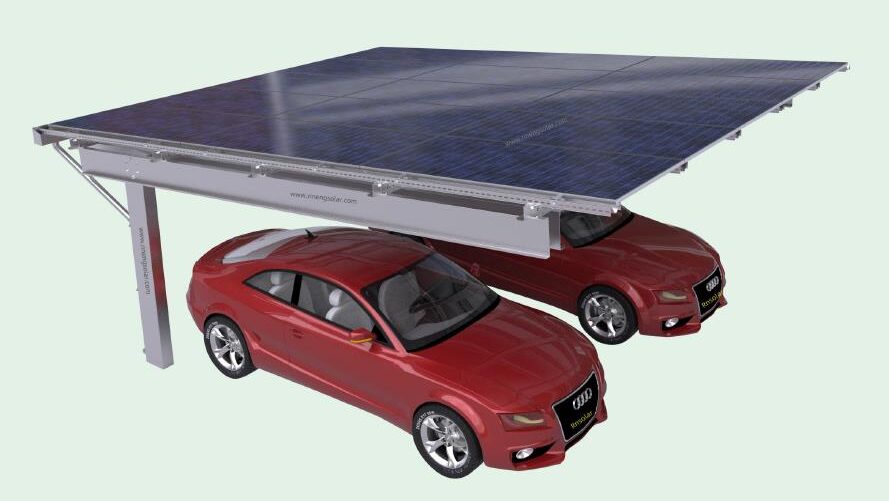When choosing connectors for solar panels, quality is a crucial consideration. The following are some key points to note regarding quality:
First, electrical conductivity
Contact resistance: The contact resistance of the connector should be as small as possible, generally not exceeding 0.35 milliohms. Low contact resistance can reduce energy loss and improve the overall efficiency of the system.
Material selection: Connectors should be made of highly conductive materials such as copper or aluminum to ensure smooth and efficient current transmission.
Second, safety performance
Protection grade: The protection grade of the connector should reach IP67 or above, and IP68 is preferred. This means that the connector can be immersed in water at a depth of 1 meter for a short time without being affected, and can even be immersed in water at a depth of 1 meter for a long time for use, ensuring stable operation in harsh environments.
Waterproof, high-temperature resistant, anti-corrosion and high insulation: Connectors should have excellent waterproof, high-temperature resistant, anti-corrosion and high insulation performance to adapt to the complex and changeable outdoor environmental conditions.
Anti-misinsertion and anti-detachment design: Connectors should be equipped with anti-misinsertion and anti-detachment designs to ensure safety and reliability during connection and disconnection, preventing equipment damage or safety accidents caused by improper operation.
Third, structural reliability
Connection force: The connection force between the correctly inserted male and female connectors should not be less than 80N to ensure a firm and reliable connection.
Durability: Connectors should have excellent durability, capable of withstanding long-term use and environmental changes without damage or performance degradation.
Temperature control: Under the condition of carrying the rated current, the temperature of the connector must not exceed the upper limit temperature. For example, when the MC4 connector carries a current of 39A, the temperature must not exceed 105 degrees.
Fourth, product quality
Internal metal conductor: The dimensions should be compliant, and the material thickness, elasticity and coating should meet the requirements of carrying large currents and good contact.
Shell plastic: It should be ensured that the surface is smooth without cracks and the interfaces are well sealed to prevent the intrusion of moisture and dust.
Brand and Certification: Select well-known brands and products that have passed relevant certifications, such as CE, UL, etc., to ensure that the quality and performance of the products meet industry standards.
Fifth, installation and maintenance
Crimping stage: The crimping stage of the connector is of Paramount importance. Professional crimping tools should be used for operation to ensure a firm and reliable connection.
Avoid harsh environments: During installation, the connector should be kept away from direct sunlight, rain and other harsh conditions to prevent problems such as aging of the joint, rusting of the internal joint and cable.
Regular inspection and maintenance: Regularly check the connection status, sealing performance and waterproof measures of the connectors to ensure they are intact. If any abnormal conditions are found, they should be repaired or replaced in a timely manner.
Sixth, adaptability
Interface type: Select a connector compatible with the interface of the solar panel to avoid problems such as poor connection of the solar panel.
Specification and model: Different models of connectors are suitable for different specifications of photovoltaic modules. When choosing, parameters such as the rated current and voltage of the photovoltaic module need to be considered to ensure that the specification and model of the connector match the photovoltaic module.
In conclusion, when choosing connectors for solar panels, multiple aspects such as electrical conductivity, safety performance, structural reliability, product quality, installation and maintenance, as well as compatibility need to be comprehensively considered. By choosing high-quality and high-performance connectors, the safe, stable and efficient operation of the solar panel system can be ensured.


